Are you tired of mosquitoes? Or have to use chemicals to protect them? Don’t worry, in this article we will talk about plants that not only add beauty to your garden but also repel those annoying mosquitoes.
Imagine a garden or patio where beauty and functionality combine harmoniously. Hanging plants not only add a touch of charm to our spaces both outdoors and indoors, but they also unleash their natural power to repel mosquitoes, creating a more pleasant and bite-free environment.
Read on and that dream will come true with these amazing mosquito-repelling hanging plants.
1. Melissa officinalis

Lemon balm (Melissa officinalis) is a herbaceous perennial plant known for its fragrant leaves and lemony aroma.
It has small white or pink spike-shaped flowers that attract bees. Its leaves are oval, toothed and light green, with a strong citrus aroma when rubbed.
Lemon balm is commonly used in infusions and essential oils for its calming and digestive properties and its ability to relieve stress and improve mood.
Lemon balm emits a strong lemon scent when rubbed, which is unpleasant to mosquitoes and may discourage them from approaching.
It also contains several volatile compounds, such as citronellal, citronellol and geraniol, which are known for their insect repellent properties.
2. Origanum vulgare
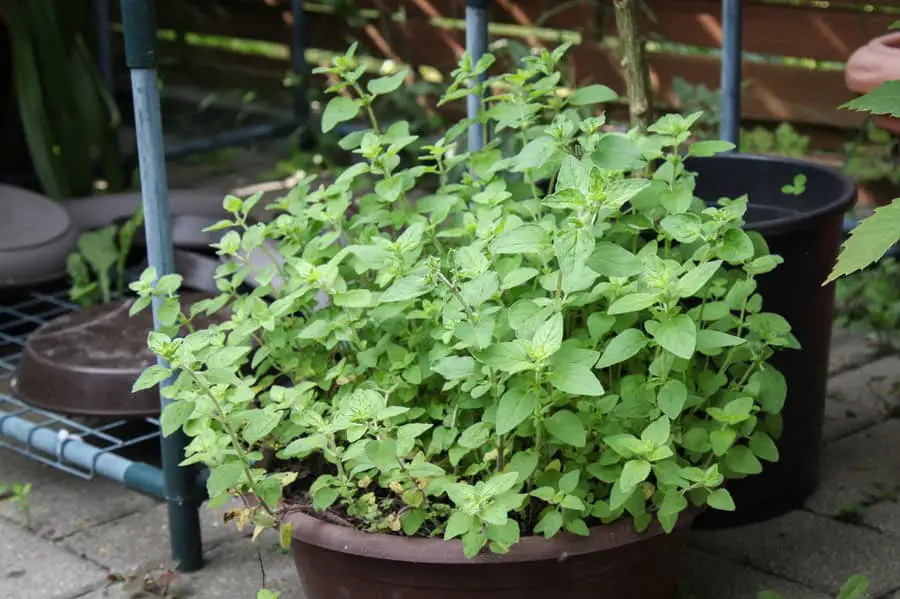
Oregano (*Origanum vulgare*) is an aromatic plant with small, oval leaves, with an intense aroma and spicy flavor. Its leaves are usually green and hairy, and it produces small white or pink flowers in terminal spikes.
It is widely known for its use in Mediterranean cuisine, providing a characteristic flavor to many recipes.
In addition to its culinary use, oregano also has medicinal properties, such as being antioxidant, antimicrobial and anti-inflammatory, and is used in infusions, essential oils and personal care products.
Oregano emits a strong, characteristic aroma, especially when its leaves are rubbed or torn. This aroma can be unpleasant to mosquitoes and discourage them from approaching.
Oregano contains several volatile compounds, such as carvacrol and thymol, which have insect repellent properties.
3. Pelargonium citrosum

Pelargonium citrosum, also known as citronella geranium, is a variety of geranium known for its citrus aroma that resembles that of citronella.
It has lobed green leaves and small pink or white cluster-shaped flowers. It is grown primarily for its reputation as a mosquito repellent, although the effectiveness of this plant as a repellent can vary depending on environmental conditions and the concentration of repellent compounds in the plant.
4. Mentha
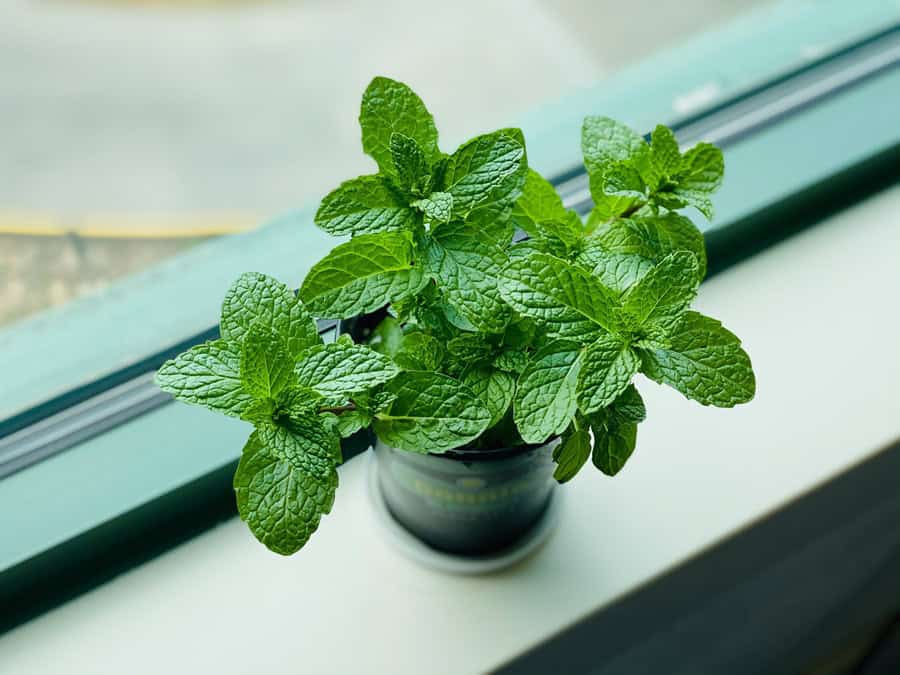
Mint (Mentha) is a perennial herbaceous plant of the Lamiaceae family, known for its fresh aroma and refreshing flavor.
It has small, toothed, deep green leaves that grow on square, branched stems.
It produces small spike-shaped flowers in shades of white, pink or purple during the flowering season.
Although mint may offer some protection against mosquitoes, its effectiveness may vary depending on the concentration of repellent compounds in the plant and the sensitivity of insects to its scent.
5. Laurel
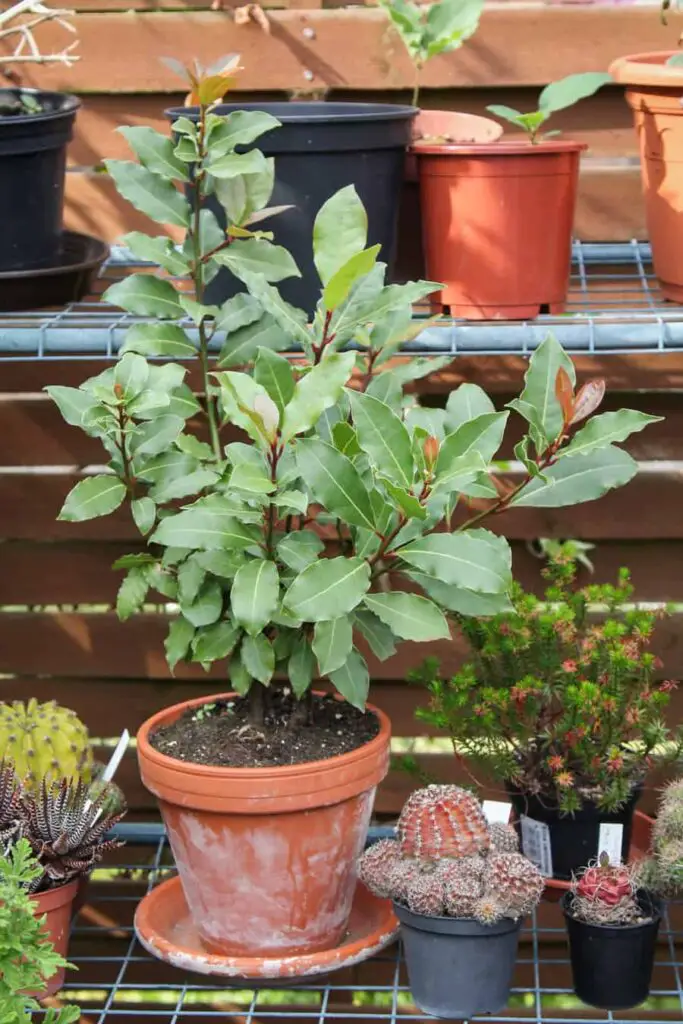
The laurel plant, scientifically known as Laurus nobilis, is a small shrub or tree that can grow up to about 10 meters tall in its natural state, although it can also be kept pruned to more manageable sizes.
Its leaves are evergreen, oval to lanceolate in shape, dark green and glossy on the upper side and lighter
Underneath, with a distinctive aroma and aromatic flavor used in cooking. Laurel flowers are small, pale yellow in color, clustered in racemes in the spring.
It is a hardy, slow-growing plant appreciated for its dense foliage and both ornamental and culinary uses.
6. Citronella

The citronella plant, scientifically known as Cymbopogon nardus, is a perennial herb that can grow up to around 2 meters tall under optimal conditions.
Its leaves are long, narrow, and lanceolate, with an intense green color and a rough, sharp edge. It produces clusters of small, feathery flowers that develop into elongated spikes.
It is a hardy plant that prefers warm climates and well-drained soils, and it is known for its ability to repel insects, especially mosquitoes.
7. Rosmarinus officinalis
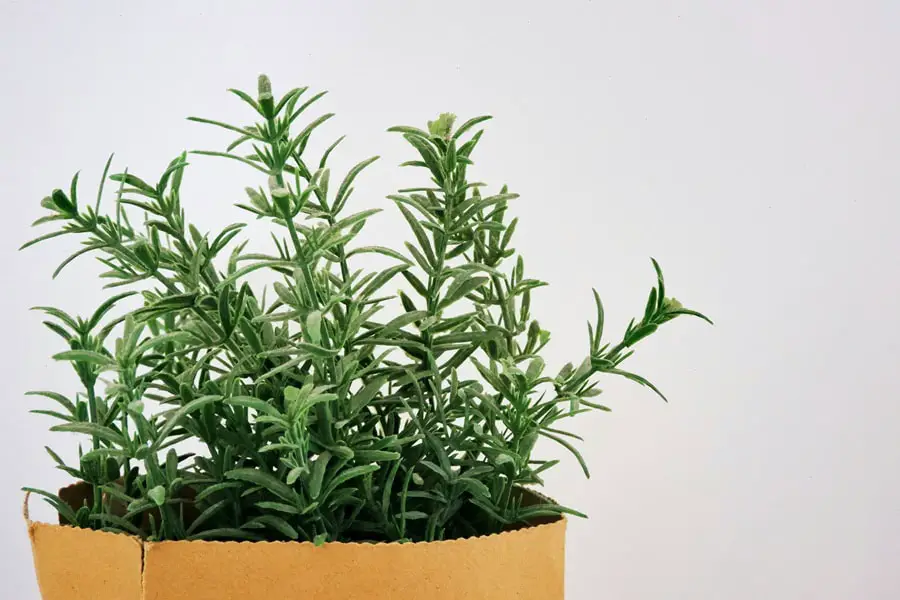
Rosemary (Rosmarinus officinalis) is a perennial shrub with small, narrow leaves and a distinctive herbal aroma.
Its leaves are dark green on the top and silver on the underside, giving it a distinctive and attractive appearance.
Rosemary produces small flowers in shades of blue, purple, or white that cluster in dense spikes and attract pollinators like bees.
It is a hardy, aromatic plant that can grow to a height of around 1 to 2 meters under favorable conditions and is appreciated for its use in cooking, herbal medicine, and as an ornamental plant in gardening.
8. Rue

The leaves of rue have a strong characteristic aroma and bitter taste. It produces small yellow or greenish flowers that cluster in terminal clusters during spring and summer.
It is a hardy plant that thrives in warm, sunny climates and is appreciated for both its ornamental and medicinal uses.
However, caution should be exercised when handling it, as its sap can cause skin irritation and sensitivity to sunlight.
While rue is not typically considered a trailing plant in the traditional sense, it is possible to manipulate it through pruning to give it a more trailing form.
Trimming the top branches and allowing the longer stems to bend downward can achieve a trailing appearance.
9. Lavender

Lavender has thin woody stems that can reach heights of around 60-90 centimeters, although some varieties can be taller or shorter.
Lavender flowers are small and tubular, with shades ranging from light purple to deep blue, depending on the variety.
They are grouped in flower spikes that rise above the foliage, creating a beautiful contrast of colors and a characteristic aroma that is sweet and herbaceous.
Lavender is not naturally a hanging plant in the traditional sense, as it has rather upright growth. However, lavender can be pruned and shaped to suit different gardening styles, including growing in hanging pots or baskets.
10.Ocimum basilicum
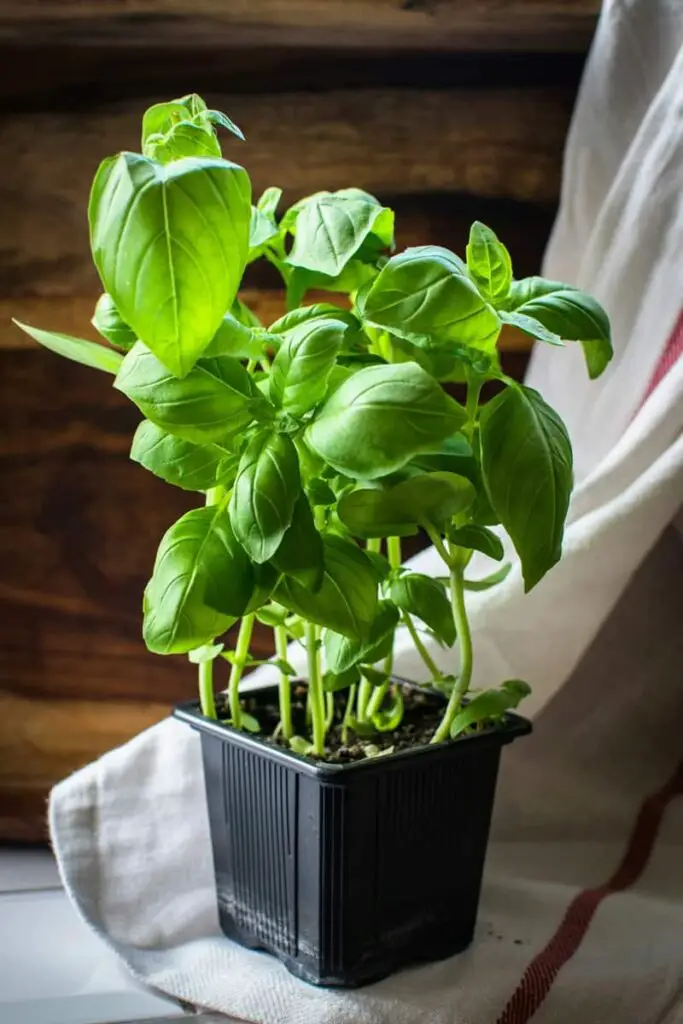
Basil (Ocimum basilicum) is an annual herbaceous plant characterized by its fragrant and deep green leaves.
Basil leaves are oval, toothed and slightly hairy, with a distinctive aroma that is sweet and spicy.
Its stems are thin and branched, and can grow to around 30-60 centimeters in height, depending on the variety. It produces small white or pink flowers that are grouped in terminal spikes during spring and summer.
Basil is valued for its use in cooking, especially Italian cuisine, and also has medicinal and aromatic properties.
Conclusion
By integrating mosquito-repelling hanging plants into our environment, we are not only creating more beautiful and green spaces but also taking advantage of a natural and sustainable solution to keep mosquitoes at bay.
Choosing hanging plants with repellent properties, we take a step towards a lifestyle more harmonious with nature, where functionality and aesthetics come together to create more pleasant and healthy outdoor environments for everyone.